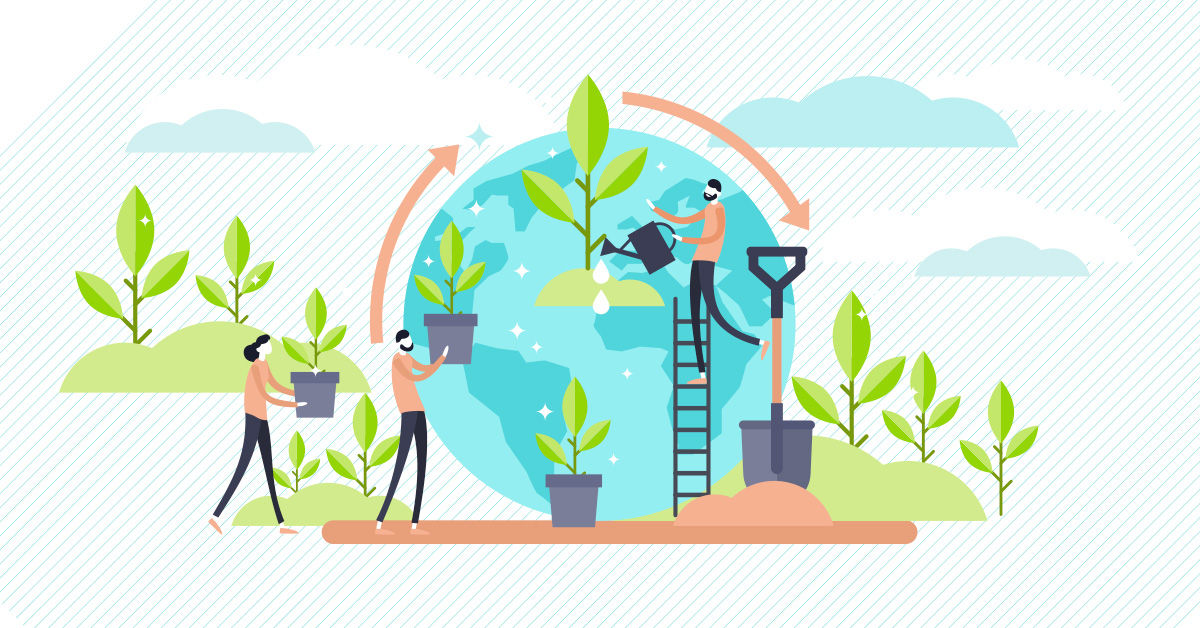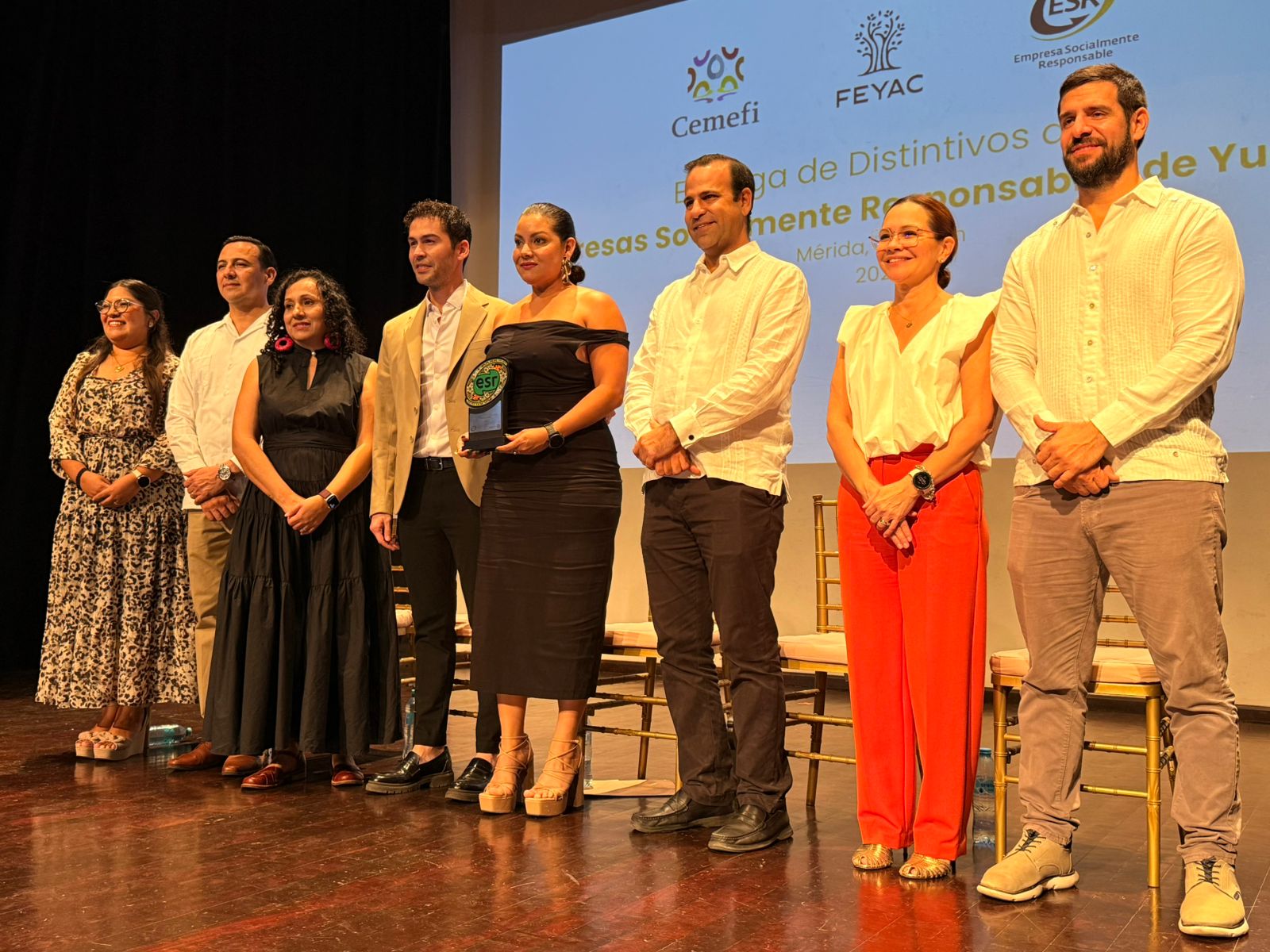In times like ours, when the planet's natural lungs are affected by a lack of awareness, it is necessary to consider the imperative need to reforest as part of a vital cycle for the flow of water and life on the planet.
The National Reforestation and Water Harvesting Program (PNRCA) is one of the largest and most far-reaching tripartite collaboration projects nationally and internationally, both in terms of ecological restoration and social impact.
The scope and significance of each of these initiatives is such that they are aligned with and aimed at achieving several of the United Nations (UN) Sustainable Development Goals (SDGs). Since 2016, the UN has called on all countries to promote sustainable, equitable, and inclusive economic development internally to improve the world we live in.
But how does reforestation affect groundwater recharge?
Plant trees in key areas for groundwater recharge. These areas are primarily watersheds and protected natural areas.
Maintain them to increase their survival.
The humidity generated by trees attracts rain, which promotes the formation of clouds.
Water filtration promotes the recharge of aquifers and surface waters.
Improvement of soil properties thanks to tree litter, which increases its porosity to facilitate water filtration.
Tree leaves retain rain and allow the drops to run more slowly to the ground, promoting greater filtration.
Reforestation and maintenance create the conditions that allow for efficient groundwater recharge, returning the water used from it to nature.
At Bepensa, as part of the Mexican Coca-Cola Industry, we are aware of this need and constantly work to preserve the environment.



